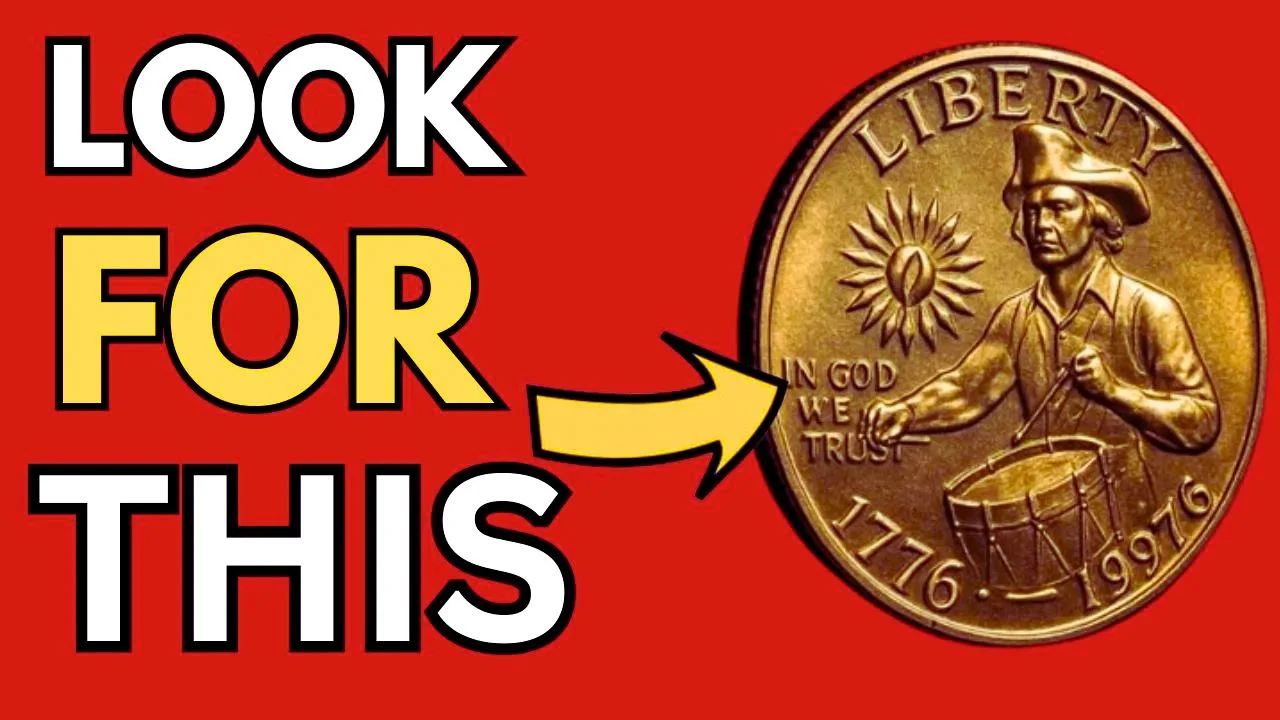Imagine rummaging through your pocket change and discovering a simple quarter that could make you a billionaire. Rumors of a rare Bicentennial quarter valued at $2.5 billion have sparked excitement among coin enthusiasts and casual collectors alike. But is this hidden gem real, or just internet hype? In this post, we’ll dive into the facts, debunk myths, and show why Bicentennial quarters still captivate numismatists today. Stick around to learn how you might spot a valuable one in your own collection.
What Is a Bicentennial Quarter?
A Bicentennial quarter is a special U.S. coin minted to celebrate America’s 200th birthday. It features George Washington on the front with dual dates “1776-1976.” The back shows a colonial drummer, a victory torch, and 13 stars for the original colonies.
Most are made of copper-nickel clad, but some silver versions exist for collectors. Over 1.6 billion were produced, making them common in circulation even now.
The History and Origin of the Bicentennial Quarter
In 1975 and 1976, the U.S. Mint released these quarters amid nationwide Bicentennial festivities. The design came from a public contest won by Jack L. Ahr for the reverse side.
Production spanned Philadelphia, Denver, and San Francisco mints. Clad coins were for everyday use, while silver ones targeted collectors in special sets. This marked the first major quarter redesign in decades.
Why Bicentennial Quarters Are Valuable Today
While most Bicentennial quarters fetch just 25 cents, rare variants can be worth thousands. The $2.5 billion rumor? It’s largely unfounded hype from viral posts, with no auction records supporting it. Real values stem from condition, mint errors, or silver content.
For instance, a pristine 1976-S silver proof sold for $19,200. As the U.S. nears its 250th anniversary, interest in these rare coins surges among hobbyists.
| Bicentennial Quarter Types | Composition | Typical Value (Circulated) | High-Grade Value (MS67+) |
|---|---|---|---|
| Clad (Philadelphia/Denver) | Copper-Nickel | $0.25 | $15–$2,350 |
| Silver (San Francisco) | 40% Silver | $3–$5 | $2,760–$19,200 |
How to Engage With and Benefit From Rare Coins
Start by checking your change for Bicentennial quarters—many are still out there. Join numismatic clubs or apps to trade and learn.
Collecting rare coins like these can be a fun hobby or investment. Sell graded ones at auctions for profit, or pass them down as heirlooms. It’s a great way to connect with history.
Notable Facts and Statistics About Bicentennial Quarters
Over 860 million came from Denver, 809 million from Philadelphia, and 11 million silver from San Francisco. Errors like double dies can boost value to $1,821.
In 2023, a clad version hit $1,821 at auction. As of 2024, circulated coins range from $0.30 to $0.85.
| Common Errors in Bicentennial Quarters | Description | Potential Value |
|---|---|---|
| Double Die | Design stamped twice | $100–$8,400 |
| Off-Center Strike | Misaligned minting | $50–$500 |
| Missing Letters | Incomplete details | $200–$1,000 |
Expert Tips for Identifying Valuable Bicentennial Quarters
Look for the mint mark: “S” often means silver. Weigh it—silver ones are 5.75 grams vs. 5.67 grams for clad.
Use a magnifier for errors. Get professional grading from PCGS or NGC. Avoid cleaning coins; it reduces value. Store in protective holders.
Frequently Asked Questions (FAQs)
Is the $2.5 billion Bicentennial quarter real?
No, it’s a myth fueled by clickbait. Top sales are around $20,000.
How do I know if my Bicentennial quarter is rare?
Check for errors, silver content, or high grade. Appraise it professionally.
Are all Bicentennial quarters valuable?
Most aren’t, but pristine or error-filled ones can be.
Where can I sell a rare Bicentennial quarter?
Try auctions like Heritage or local coin shops.
Can I still find them in circulation?
Yes! Many are in everyday change.
conclusion
while a $2.5 billion Bicentennial quarter is more legend than reality, these coins offer real excitement for rare coin hunters. They connect us to America’s past and could net you a tidy sum. Dig through your change, join a collecting community, or share this post with friends. Who knows—you might uncover a treasure!

